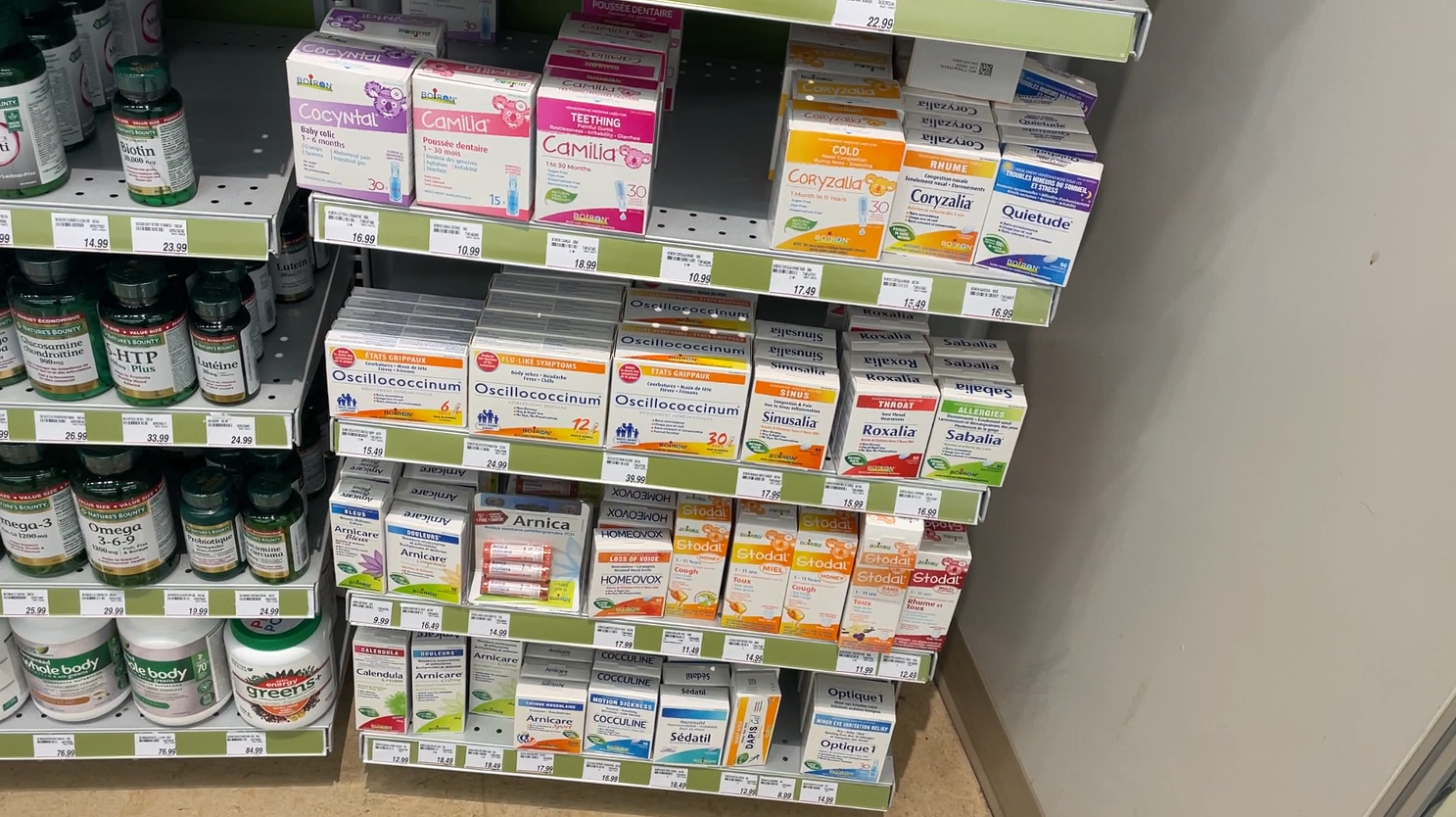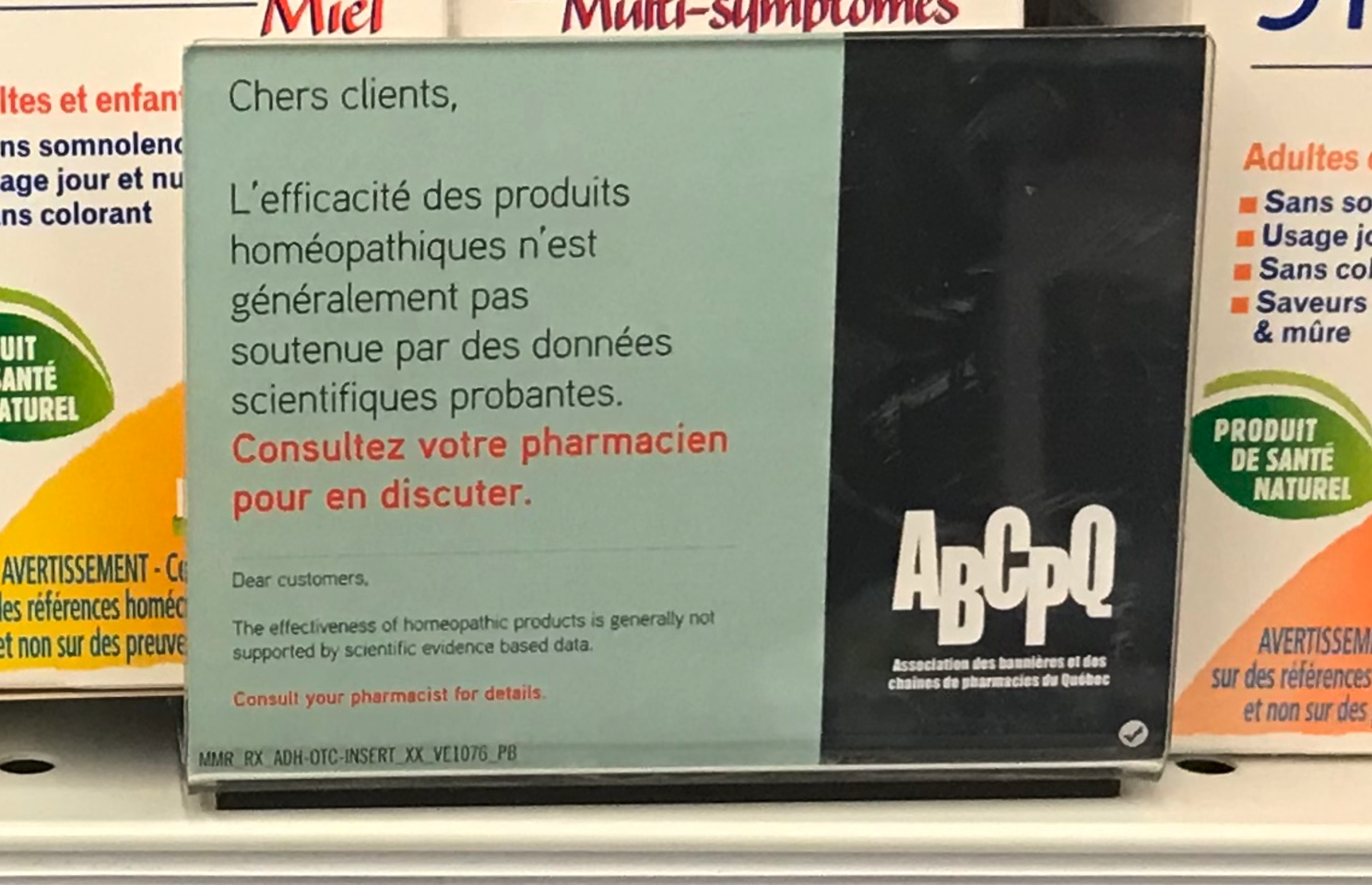Does homeopathy work?
Homeopathy, an alternative medical practice developed in the late 1700s, uses very dilute amounts of natural substances to treat ailments
Patients use it to treat problems such as irritable bowel syndrome, skin issues, allergies and nausea
Kate Whitehead Published:9 Apr, 2020

Homeopathy is a natural form of medicine that has been around since the late 1700s, and is recommended as an alternative therapy by some doctors to their patients. Photo: AFP via Getty Images
When Elkey Liu’s daughter was a toddler she suffered from a nasal allergy. She sneezed, had a runny nose and, when it was severe, her eyes became swollen. The allergens triggered eczema, so the doctor prescribed antihistamines as well as hydrocortisone cream for her body.
“I didn’t want my daughter to have too much Western medicine in her body because she was so little. I’d read about homeopathy and friends recommended a homeopath, Dr Sonal, so I took her,” says Liu.
Sonal Hattangdi-Haridas, who practices at the Maya Health Institute in Hong Kong’s Central business district, gave homeopathic drops to reduce the child’s response to the allergens and also recommended cutting down on dairy and gluten. Within three months her issues had cleared up – so when Liu’s son was born and had eczema, she took the homeopathic route again.
“I think homeopathy is good for kids and babies. It’s not good for them to have too much strong, Western medicine,” says Liu.

Sonal Hattangdi-Haridas practises at the Maya Health Institute in Central.
THE LEGACY OF PARACELSUS AKA DR. BOMBASTUS
“Homeopathic medicine is based on the belief that ‘like cures like’,” says Sonal, who has a doctorate in Homeopathy from The British Institute of Homeopathy in London as well as a master’s in nutritional medicine.
In other words, something that brings on symptoms in a healthy person can – in a very small dose – treat an illness with similar symptoms. This is meant to trigger the body’s natural defences.
“It’s an energetic medicine – the original molecules [of the remedy] exist, in a minute dose, and go through a series of dilutions in double-distilled water,” says homeopathic doctor Manisha Khiani, who is registered under India’s Maharashtra Council of Homeopathy and practises at a clinic in Central. “It’s the energy of the water which carries the expression of the medicine.”
(TODAY IT IS ALSO KNOWN AS SPAGYRIC CHEMISTRY, GOOGLE FRATER ALBERTUS )
Sonal’s youngest client was just three weeks old (treated for a rash) and her oldest patients are in their late 80s. She has found homeopathy to be especially effective for treating functional diseases, such as irritable bowel syndrome, skin issues and allergies, as well as
anxiety.

Manisha Khiani is registered under Maharashtra Council
Sonal recommends that patients seek advice as soon as something feels amiss, rather than waiting for it to become “a raging fire”.
“Conventional medicine has its place, but it works on the basis of diagnosis; if there is no diagnosis it can’t do anything for you. But if something is bothering you – say, silent reflux or fluid in the middle ear which is making you feel dizzy but not bad – then homeopathy can help,” she says, adding that she has found it effective for women with pre-menopausal symptoms.
A consultation with a homeopath usually takes longer than with a doctor. They will usually ask you about any specific health conditions and also about your general well-being, emotional state, lifestyle and diet. Sonal says the first session with a client generally takes about 40 minutes; each appointment after that is usually no more than 20 to 25 minutes.
“I like to get a lot of background information. I want to build up a holistic picture,” she says.
I see more people coming to complementary systems of medicine here and more people wanting to try homeopathy Dr Manisha Khiani
Aromatherapist Emma Ross consulted her doctor just over a year ago for support with digestive issues – food intolerances and gut distress that gave her abdominal pain and almost constant nausea. Knowing that she was open to alternative therapies, her doctor recommended her to a homeopath.
“At the outset I was going once a week, and each time I went I got a different prescription of drops and [they] had me on a limited diet. It helped a lot with the nausea and the anxiety which I was feeling. I went from a place of being unwell to feeling normal,” says Ross.

Emma Ross consulted her GP just over a year ago, who recommended her to a homeopath. Photo: Edward Wong
Khiani’s response to those who see homeopathy as a pseudoscience is straightforward: “I say try it and see the results for yourself. The fact that it has been around for 200 years and is going strong speaks for itself.”
The World Health Organisation has acknowledged the role of homeopathy in health care. Last year, it issued a report on traditional and complementary medicine that highlighted the widespread use of homeopathy around the world and the increasing number of insurances policies that cover this alternative medicine.
How a naturopath made herself well, and how she helps others
10 Sep 2018

In Hong Kong, it is possible for a homeopath to practice even if they have no qualifications or experience, so choose your homeopath wisely. Sonal recommends choosing one who is medically aware.
“Homeopathic training is very different in different countries. In certain situations you can do an online course. There are three countries in the world where you need medical training to become a homeopath: India, France and Germany,” she says.
Although homeopathy is still fairly niche in Hong Kong, Khiani sees that slowly changing.
“I see more people coming to complementary systems of medicine here and more people wanting to try homeopathy. It’s about creating a greater awareness,” she says.














